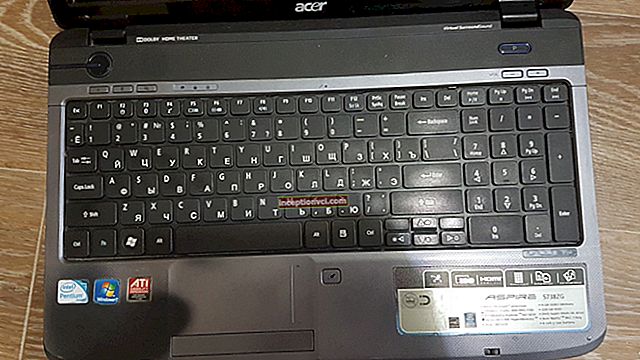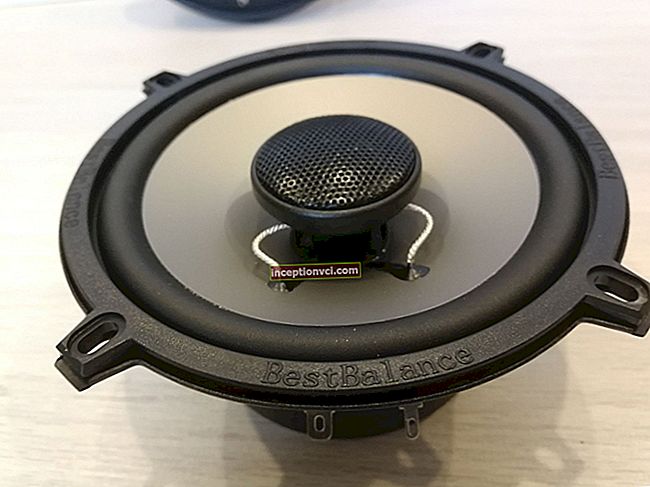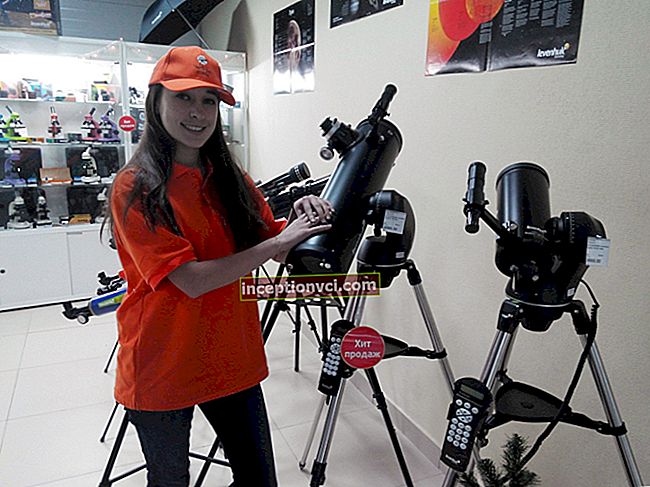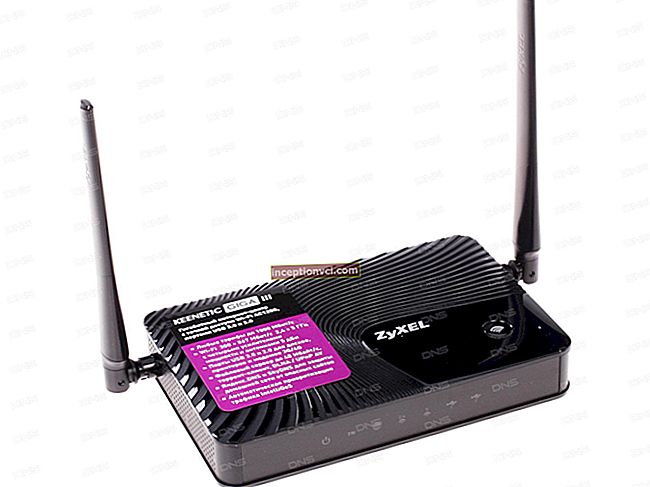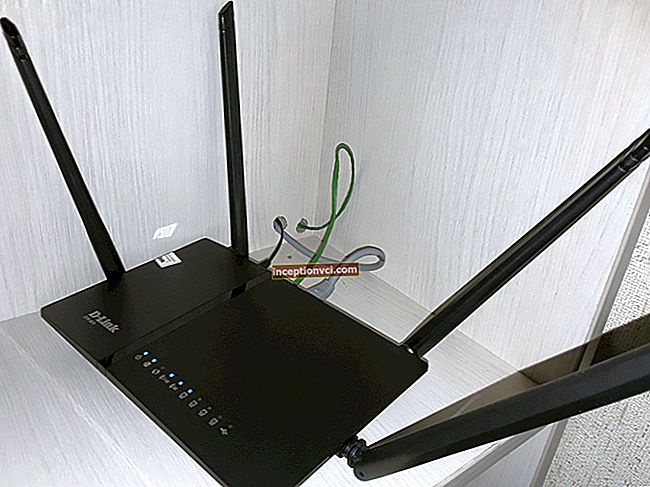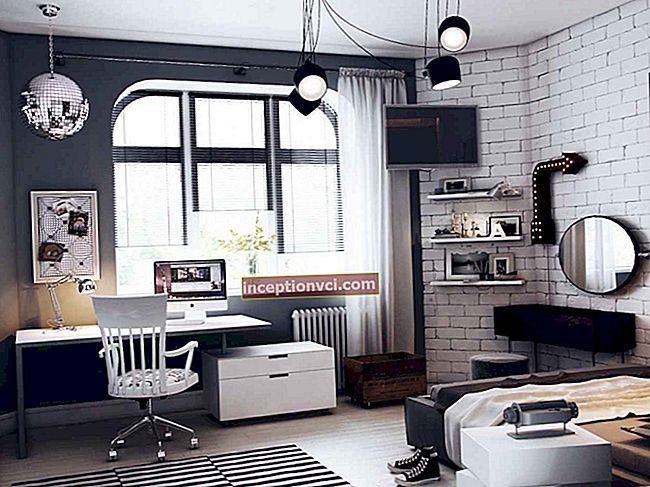Recently, projection devices, which were previously used mainly for specific jobs, are starting to become mass-market products. However, before choosing a projector, you should be familiar with what projectors can be, in principle, and what their specifications mean..
Choosing a projection technology: LCD or DLP?
First of all, the most important criterion that each customer faces when choosing a particular projector is the way the projector forms an image on the screen. According to this indicator, all projection devices are divided into two large groups LCD and DLP. Each of these categories has advantages and disadvantages, so let's take a closer look at each technology.
DLP technology (Digital Light Processing - digital light processing) consists in the fact that a projector forms a picture using a matrix, which consists of a large number of micromirrors that switch rather quickly among themselves. This matrix is called DMD (Digital Mirror Drive, its developer and only manufacturer is Texas Instruments). As for the mirrors, depending on the position of the micromirrors, the glow emitted by the lamp will be reflected either into the absorber or onto the lens of the device. All the many light beams that are reflected from the matrix and hit the lens and eventually form the output image that we see on the screen. An invariable advantage of devices with this image projection technology is their high level of portability. Having the same matrix resolution and luminous flux together with projectors based on LCD technology, DLP projectors are significantly smaller in size and weight, which makes them suitable for mobile use.
Now for the second technology, LCD (Liquid Crystal Display). It works with the help of a color liquid crystal matrix, reduced to the size of a matchbox (or even smaller), through which light from a projector lamp is transmitted. Then the light transmitted through the matrix already enters the lens, from where it is projected onto the screen, while we see the picture. This technology already has a modification that improves the image quality indicators. We are talking about installing three monochromatic matrices, each of which forms its own color component of the image, after which they together form a common color stream. One of the main advantages of this technology and, accordingly, projectors based on it, is its low cost, with identical values of other parameters, which will be discussed below. The second important advantage of LCD-projectors is lower power consumption (accordingly, with the same power consumption, LCD projectors are brighter).
In addition, each of these technologies has its own quality features of image projection. For example, DLP projectors have the so-called "rainbow effect", which consists in the fact that during the playback of especially dynamic scenes, as well as during a sharp turn of the head relative to the screen, the viewer can see rainbow stripes at the borders of contrasting objects and the whole picture ... This phenomenon occurs due to the fact that the picture itself is projected onto the screen sequentially, component by component. However, expensive and high-end DLP projectors can have three built-in DMDs (each of which is responsible for its own component of the image), which leads to almost complete elimination of the "flicker effect", due to the fact that each component is output at the same time and there is simply nothing to flicker.
The disadvantage of LCD-projectors technology is the honeycomb structure or "mosaic effect", which occurs due to the fact that at this stage of development of this technology it is not yet possible to change the ratio of the pixel size and the distance between adjacent pixels, as a result of which it is noticeable on the screen - pixels have visible borders.
Projector Resolution
In addition to the above-described imaging technologies, there are a number of indicators that determine the choice of a particular device. First of all, you need to start with the resolution, which, as in liquid crystal monitors, displays the maximum possible number of pixels on the screen, thus characterizing the detail of the picture. Well, and accordingly, the higher the resolution, the more information the projector is able to display on the screen, and the better the image quality: the dimensions of a single element are smaller, and by itself it is less noticeable in the overall picture, which is especially important for LCD projectors from for their "mosaic effect".
Due to the fact that the projector was originally intended to be connected primarily to a personal computer, the resolutions supported by such devices correspond to computer monitors. For projectors of the initial price range, as a rule, resolutions are not lower than 800 * 600 (SVGA), which are more than enough to display information on the screen in PAL television format (resolution 720 * 576), in particular, slides or images that do not contain a large number of small parts. Nevertheless, if you intend to keep up with the times, then it is better to focus on models with a resolution of at least 1024 * 768 (XGA). It is with this resolution, and often even more, that the overwhelming majority of office monitors currently work, which means that most of the presentations will be prepared precisely for such formats and modes. This will allow reproducing the image on the screen without significant artifacts and loss of small details. Projectors with this resolution will cost more than the simplest models. Of course, many projection devices can work with resolutions higher than those stated, but this greatly degrades the picture quality. Loss of quality can be noticeable when displaying fine lines and various fine details.
Brightness
Another important characteristic of each projector is the brightness of the light flux it creates. This parameter is important for office use, since such projectors operate, as a rule, in conditions of excessive illumination, in contrast to theatrical ones, which work in almost complete darkness, and the level of background illumination of the screen is very low. Brightness is extremely important when you need to display content on large screens. For example, if the screen size is doubled, the luminous flux should be quadrupled in order to achieve the same backlight level as the original.
Thus, in relation to this parameter, everything is simple - the higher the brightness value of the projector, the better. Ideally, when there is a completely dark room, a luminous flux of about 300 ANSI lumens per sq. meter of the screen to display the full variety of colors and tints that the unit is capable of. If you do not plan to display images or video recordings, but want to show only slides of the "black text on white background" format, then 50-60 lumens per square meter will be enough, although such a projector is useful only for limited use in office premises. If there is not very strong background lighting (for example, when playing movies at home during the day or in a hall with lighting), then the value of the luminous flux required for comfortable display of information is doubled compared to previous indicators, and for a normally lit room - four times and more. That is why even inexpensive projector models are equipped with bright enough lamps, due to which the brightness of such projectors is on the order of 1000-1500 lumens. As for high-end models, their brightness often exceeds 2500 lumens.
Screen contrast The third important parameter for the displayed information is contrast. This parameter is determined by the ratio of the brightness of the lightest and darkest places in the picture. DLP models are in the lead in this indicator, their ratio starts from 1500: 1. Even the most inexpensive models often have a 2000: 1 ratio or higher. As far as LCD projectors are concerned, even the most modern of them can provide contrast ratios of 500: 1 - 800: 1, and often less. For example, a model with a brightness of 2000 lumens and a considerable price has a contrast ratio of only 400: 1. The value of the contrast, as well as the value of the luminous flux, determines how long the picture will remain comfortable for perception as the level of background light increases, as well as how rich it will be in shades and midtones (realistic displayed color). Light source service life One of the most expensive parts of a projection apparatus is the lamp. This is not always the case, but it often happens that the price of a lamp is half or more than the cost of a projector. This is why the lamp life is so important. Fortunately, in most modern models this figure lies in the range of 2000-4000 hours, which in practice is enough to operate the projector under normal, not increased load for several years. When used in home theaters (especially if you watch a movie every night), the lifespan, of course, will be much shorter. All projectors are equipped with an operating time counter that warns the owner in advance when the lamp needs to be replaced. The lamp life can be extended by using Eco mode - many projectors are equipped with this feature. When using it, the energy consumption of the lamp is significantly reduced by reducing the brightness (this mode is useful if the room is dark). It is also useful when you want to reduce the noise level from the cooling fan of your projection machine. Since the brightness of the lamp has decreased, then it needs to be cooled less intensively, which means that the fan automatically decreases the speed, which also affects the overall power consumption. Choosing a Location for the Projector But, nevertheless, even if all the above specifications are selected correctly, all the advantages of the projector can be negated if it is installed incorrectly. Most modern projectors are made in such a way that full exposure of a screen of a given width will occur from a distance approximately corresponding to two widths of this screen. This setting can be slightly changed as many of today's projection devices are equipped with varifocal lenses that have a digital or optical zoom function. In expensive models there are special interchangeable lenses that reduce the distance to the screen to a minimum, while the area of illumination remains unchanged. Most inexpensive projection devices are equipped with manual focusing or mechanical focusing with electric drive. Thus, the resizing of the image is done manually or automatically. Currently, there are at least four possible positions in which you can mount the projector relative to the screen: front-top (ceiling mount), front-bottom (most common mount), and, when using dedicated screens, rear-top and rear-bottom. The necessary configuration of the projector is automatically performed, you just have to indicate to it which of the mounts is being used at the moment. Well, in addition, the concepts of "top" and "bottom" can be interpreted rather tentatively, because many projectors are equipped with a function for correcting keystone distortions, which will inevitably occur when the projector is not installed in the normal to the screen plane.The permissible deflection angle is +/- 15 degrees vertically, and in some models it can be even greater. Therefore, if you are unable to place the device strictly opposite the screen in the horizontal plane, then this is not very scary, you should choose a device with the ability to adjust both vertical and horizontal keystone distortions. Projector interfaces A prerequisite is also the presence of a minimum of necessary interfaces, which must be made with high quality so that the image does not suffer. Most entry-level projectors contain one analog VGA port for connecting a computer (usually a pass-through, which makes it possible, if necessary, to connect a monitor through the projector for image monitoring), and one combined video input with two ports - composite and S-Video ... Such a minimum package, however, will allow you to connect the projector to most devices that have a video output in one form or another. Higher-end models come with more ports, such as two analog VGA inputs, as well as one or more DVI digital video interfaces, a component analog video input (which will provide better picture quality than composite and S-Video when connected to consumer video equipment) ... In addition, some models can be connected with a wireless Wi-Fi interface, which allows both transmission of video signals and control of projector settings from a distance. Many projectors, both expensive and not so expensive, contain a USB 2.0 or RS-232 interface, with the help of them communication with a personal computer can be realized, i.e. The projector's remote control can be used to control the flow of the presentation as well as the pointing device and other functions. Some devices are equipped with a slot that supports work with one or more types of memory cards, which makes the projector ultra-portable, because in this case, all that is needed to work anywhere is the device itself and a memory card with the information recorded on it. Despite the fact that manufacturers offer a fairly wide selection of projection devices, it can be quite difficult to choose the best option among them, as a result, the main criterion is the amount that the buyer has at his disposal. Of course, the price of a projector is an important indicator, but you need to clearly understand the purposes for which your purchase will be used, and already starting from this, choose the most suitable option in terms of parameters.
